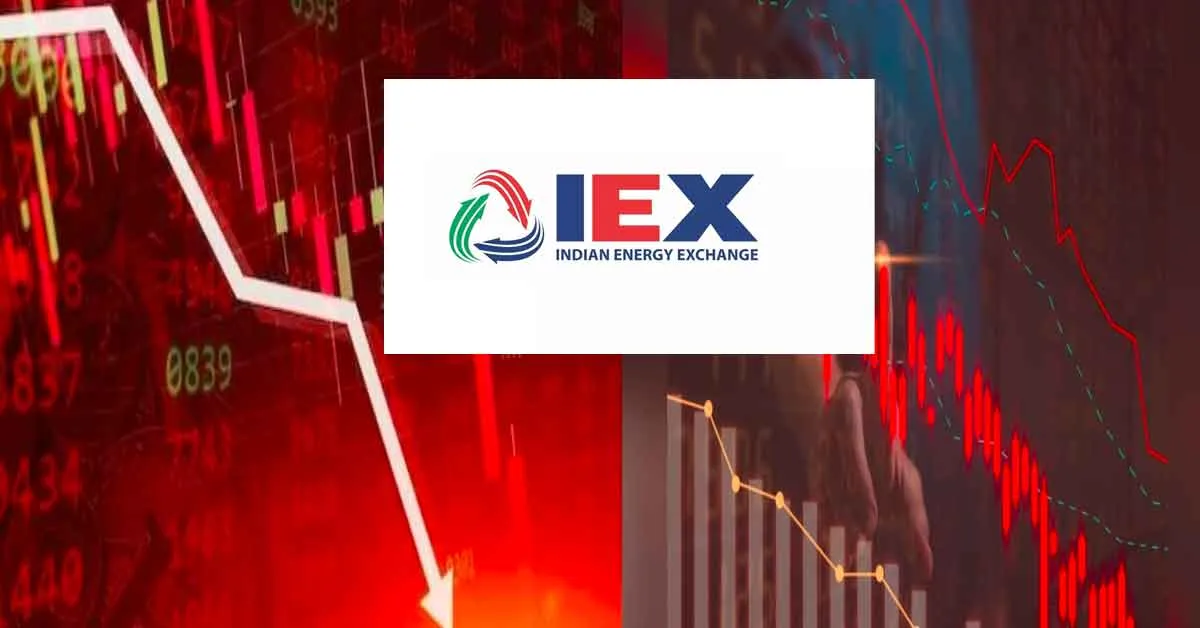Yesterday the fall of IEX was all over the share market. Many investors who invested in the company shares get a shock of their life after finding it crashing around 30 %.
Investors were initially drawn to IEX (Indian Energy Exchange) shares due to its dominant market share in India's electricity trading market. The company was seen as a key player in India's energy transition, benefiting from the growing demand for power and a robust, tech-driven platform. IEX held a near-monopoly, controlling over 90% of the short-term electricity trade in India. However, the shares of the company fell around 30% in a single day of trading shattering many investors dream.
Why did IEX fall 30%?
IEX has always had a hidden risk - the risk was market couplin. The recent regulatory changes by CERC introducing market coupling have triggered concerns about IEX's future dominance and profitability, leading to a significant stock price drop. IEX's strong initial appeal as a dominant and profitable player in the power trading market has been tempered by the potential disruption caused by market coupling, leading to a more cautious outlook among investors.
What is market coupling?
It involve a unified price discovery mechanism across multiple power exchanges. In simple words
all power exchanges will now have a common price.
This means IEX will lose its big advantage — price discovery.
Earlier, power buyers and sellers preferred IEX because of this price advantage. Now that edge is gone. This is exactly why it is important to understand the business deeply. Not everything is visible on the surface is true. Sometimes, the real risk is hidden, and it shows up when you least expect it.
Always remember? — In the stock market, earning comes second. Protecting our capital comes first.
In good faith - Peace!!

